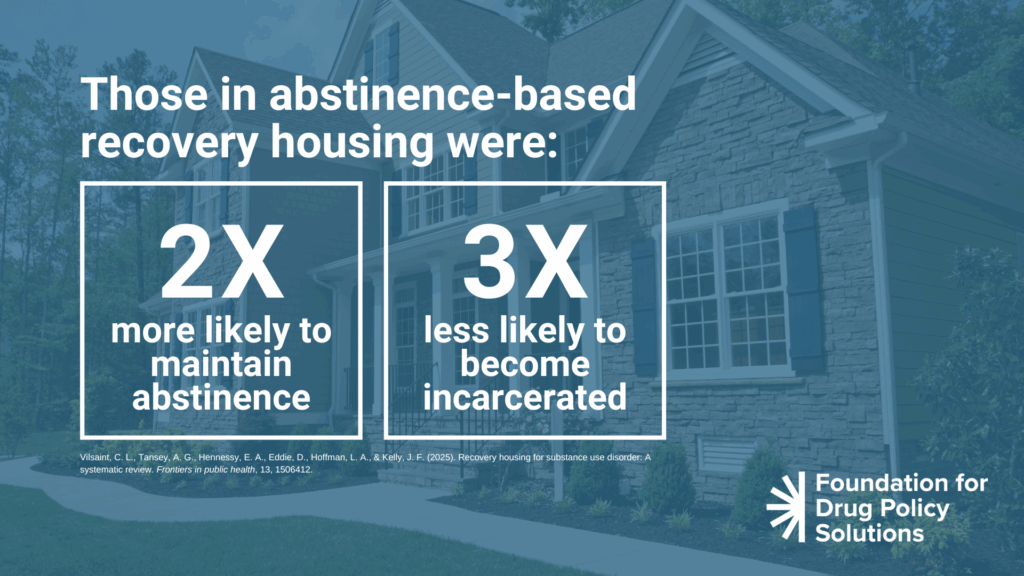Recovery Housing Linked to Doubled Abstinence Rates; California Eyes Policy Expansion

Boston, MA & San Francisco, CA – A recent study from Harvard Medical School has found that residents in recovery housing are twice as likely to maintain abstinence from substance use, demonstrating a significant positive impact on recovery outcomes. The findings, which also indicate a substantial reduction in incarceration rates for participants, are fueling discussions in California about expanding access to such housing.
The Harvard Medical School study revealed that 65% of recovery housing residents remained abstinent compared to 31% of those not in such programs. Furthermore, the incarceration rate for individuals in recovery housing was a third lower, at 3% versus 9% for the control group. These statistics underscore the effectiveness of structured, abstinence-based living environments in supporting long-term recovery and reducing recidivism.
In California, where homelessness and addiction crises are deeply intertwined, advocates are pushing for policy changes to leverage these benefits. Adrian Covert, Senior Vice President of Public Policy at the Bay Area Council, and Steve Adami, Executive Director for The Way Out at The Salvation Army, are prominent voices in this effort. They argue that current state laws inadvertently create barriers to drug-free housing options.
Covert and Adami are championing Assembly Bill 255 (AB 255), a proposed legislation that would allow local governments to utilize state homeless programs to fund recovery housing initiatives. "AB 255 is a commonsense reform to support addiction recovery and save lives," Covert stated, emphasizing the demand for such housing, with surveys indicating a significant preference for drug-free environments among unhoused individuals.
San Francisco, for instance, is moving forward with Baldwin Place, a new sober living transitional housing program overseen by the city’s homelessness department. Steve Adami noted that this project represents a crucial "carve-out that supports the needs of people that really want to live differently" in a city that predominantly funds harm reduction programs. The program aims to provide intensive social services and support for long-term stability.
The push for recovery housing comes as California faces a staggering 238% surge in mortality rates among homeless residents between 2011 and 2020, largely driven by a 488% increase in overdose deaths. Proponents of AB 255 believe that expanding recovery housing, which emphasizes abstinence and community support, is a vital step toward addressing this public health crisis and offering a path to sustained recovery.